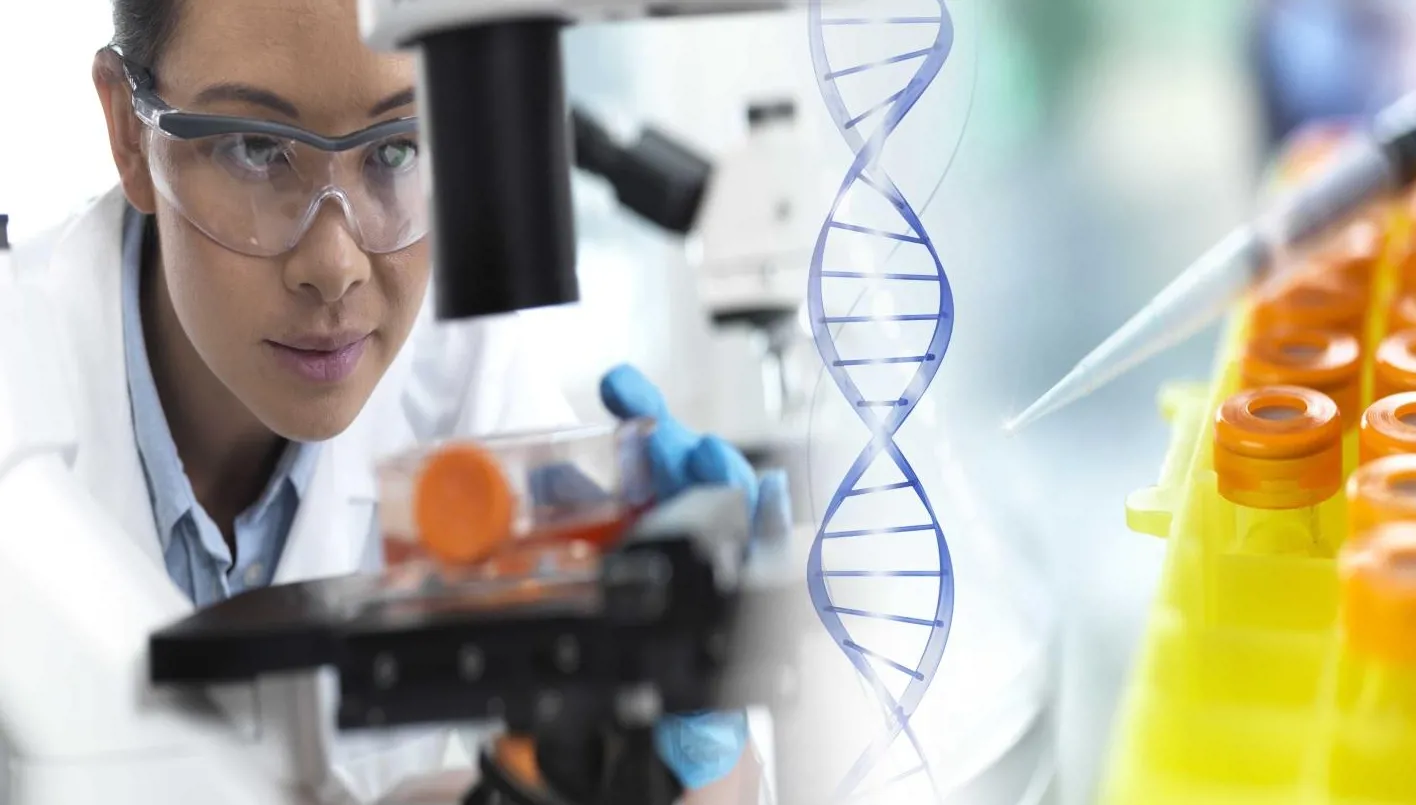Future Breakthroughs: Exploring the Potential of Genetic Modification for Diabetes Treatment

Mariam albatoul Reslan
“Genes are a powerful tool for unlocking the mysteries of human health and disease.”
To begin with, what is gene engineering? Gene engineering or what we call gene modification is an advanced, pivotal aspect in modern biotechnology.
It refers to the direct manipulation of an organism’s genes to achieve a desired trait or function. In other words, it’s a process that uses laboratory-based technologies to alter the DNA makeup of an organism involving the change in a single base pair (A-T, G-C), deleting or adding a DNA segment.
-The issue presented in this area is: Bacteria.-Is it possible for a bacteria to be given a human gene? -Well, Yes.The relationship between gene engineering and bacteria primarily involves using the bacteria as a tool for research and therapy, and it is done by several steps:
1.Gene cloning as a primary step. The human gene of interest is first isolated and cloned into a plasmid (a small circular piece of DNA that can replicate independently within a bacterial cell).
2.Following this, the plasmid containing the human gene is introduced into the bacterial cells through a process known as Transformation. It is done by a heat shock or electrophoresis for making the bacterial cell membrane more permeable to DNA.
3.Once it’s introduced, the plasmid can be transcribed and translated leading to the production of a human protein.
4.Finally, the human protein can be harvested and purified for research and treatments.
“An illustration of this is Insulin”.
Gene engineering has significant implications for diabetes by the help of E. coli bacterium to produce insulin.Why E. coli? because it grows rapidly and generates a significant amount of protein.Moreover, applying CRISPR technology which is one of the most powerful tools in genomic research that allow researchers to make precise edits for the DNA using its proprietary CRISPR/CAS9 platform.CRISPR/CAS9 is composed of a CAS9 enzyme that cuts DNA and a guide RNA that recognizes the desired sequences to be edited. Thus, CRISPR technology targets specific genes associated with diabetes, where it knocks out genes that contribute to diabetes or insert genes that improve insulin production.Conclusion:Bacteria play a crucial role in the biotechnological approaches for diabetes. Therefore, the future of gene engineering holds an immense potential that can unlock new possibilities for a positive future.
